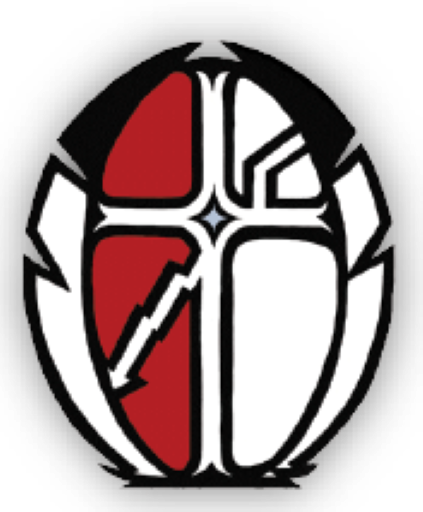This article was submitted to the OMFRC by one of our members, Joshua O’Reilly, and also represents a portion of his application for Medical School. Thank you so much for sharing, Joshua!
It was a special time when my family’s aboriginal migration and history—a history which ranges from Canada back to the 1700s in Chota, Cherokee Nation—was confirmed by researchers, and I received membership with the Métis Nation of Alberta. After moving, and with the passing of my mother, I temporarily lost access to records which I have subsequently rediscovered, and reconfirmed, with the help of the Ontario Metis Family Research Centre, and am now a proud member of the Painted Feather Woodland Metis association, which consists of a vibrant community of more than 15,000 members.
One particular story I cherish is that of my ancestor, Nany’hi The Ghi-Ga-U. She was so titled as “beloved woman” due to exceptional valour she showed by picking up her husband’s rifle when he was killed and helping win a battle. Despite this, she was also known as a peace-loving woman—striving to maintain good relations between native and settler communities. I love, and identify with, the duality in her nature—showing both the passion for standing up and protecting others, and devotion to living peacefully. With that said, my life, rather than a status card, has always reflected a Métis life.
I was born into a family rich in colour and diversity. Three of my adopted siblings are full blooded aboriginal. My parents embraced them, and they embraced me as their brother, as sure as any blood connection. My mother demonstrated compassion for hurting and bereaved aboriginal women in our community, and taught us as children about the “trail of tears”, and the plight of the aboriginal people. Few seemed to understand our large, mixed family, and, at times, attitudes of racism and prejudice were clear. My large family has been a source of strength and taught me to work with others of differing opinions and nationalities, but also meant fewer financial resources, so attending university was not encouraged, and I have pursued university studies while working full time to pay for them.
Beyond family, my connections to the larger aboriginal community have included close family friendships with First Nations people of the area, aboriginal families in our spiritual community—where I volunteered for years as a musician—and tent meetings held on aboriginal land, which seemed a source of strength and healing for many attendees. It also included those whom I encountered professionally.
For over 14 years I have provided compassionate medical care to First Nations people. Now, as a community paramedic in Calgary, this includes providing care to those who are particularly vulnerable and homeless. I have also proposed to my senior AHS leadership team to extend our mobile medical services to aboriginal lands around Calgary. My objective is to improve access to medical care for First Nations seniors in particular, who may otherwise have poorer access to clinics and hospitals.
The opportunities I’ve had as a paramedic have functioned as an apprenticeship. For me, becoming a physician is not simply taking on an interesting job, but rather a natural progression of my demonstrated, compassionate medical treatment of others for these past 14 years. During this time, I have learned under physicians, practised their methodology and approach, and worked passionately to hone my bedside manner, while learning from mistakes. I am ready to be trained to take a larger leadership role in our healthcare team. I have much to give, but also so much to learn, and I want to use this knowledge to better treat my patients. I also bring appreciation for multiculturism.
Despite Canada’s commitment to cultural diversity, reports show that racism and disparity of health care—particularly towards First Nations—is still a grave problem. As a métis man—one who has a love of culture and languages—I desire to ensure that all people feel welcome seeking medical attention. I would love aboriginal people to see welcoming health information in their own languages on arrival to a clinic. Most of all, I want to practice and apply effective, evidence-based medicine in such a way that people will feel respected, listened to, and be able to include their cultural and spiritual beliefs, while allowing me to partner with them in their health.

